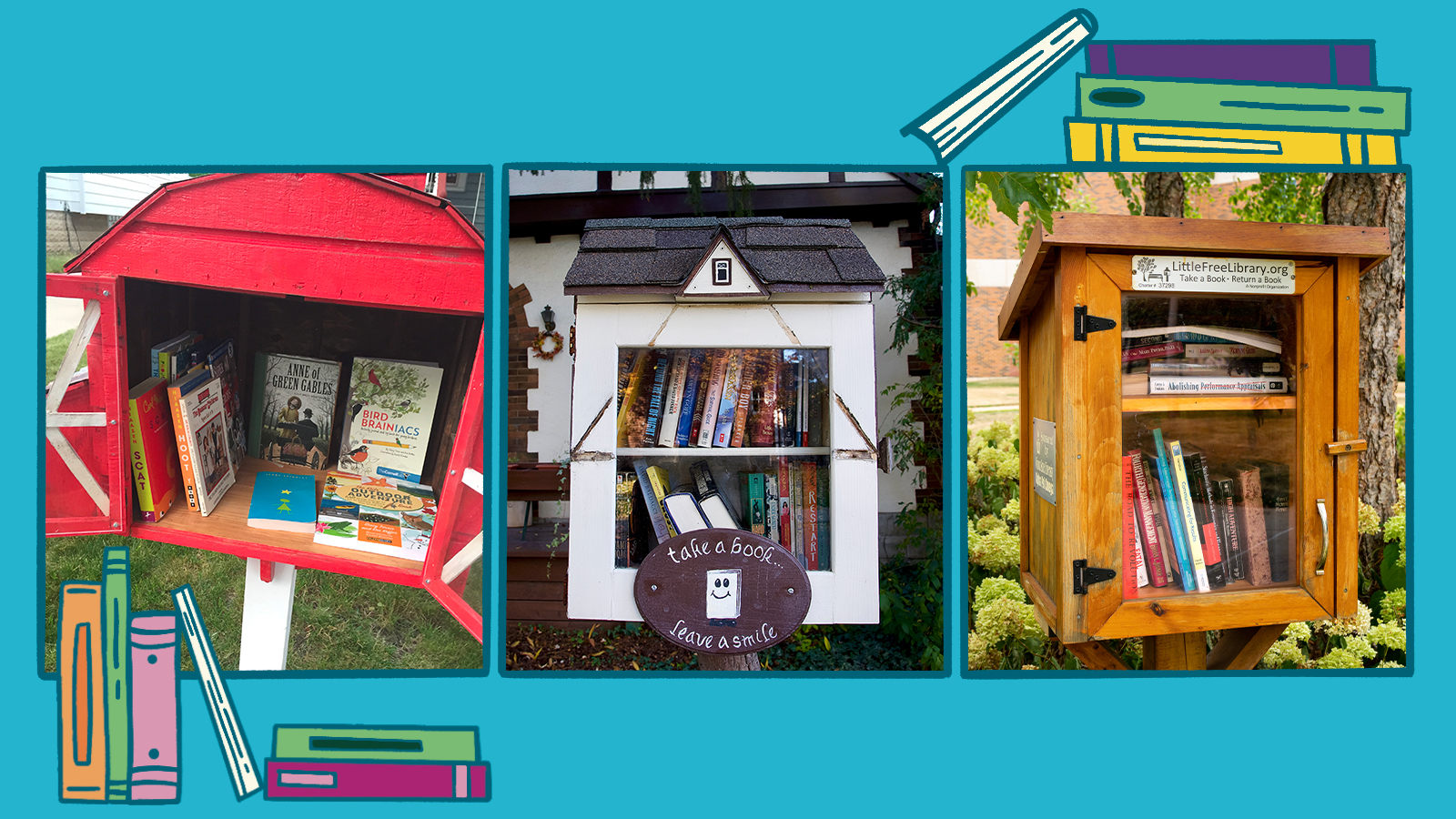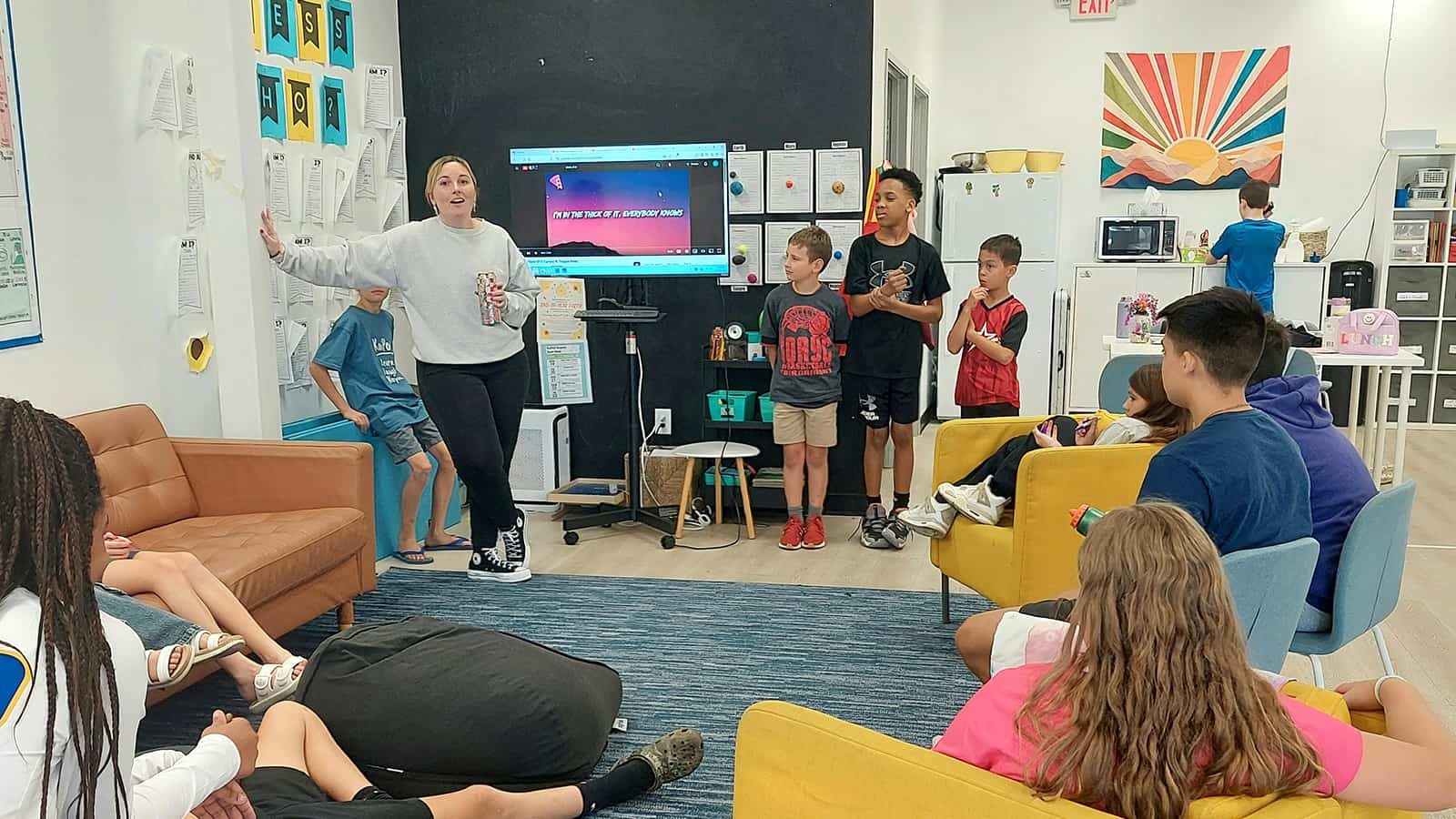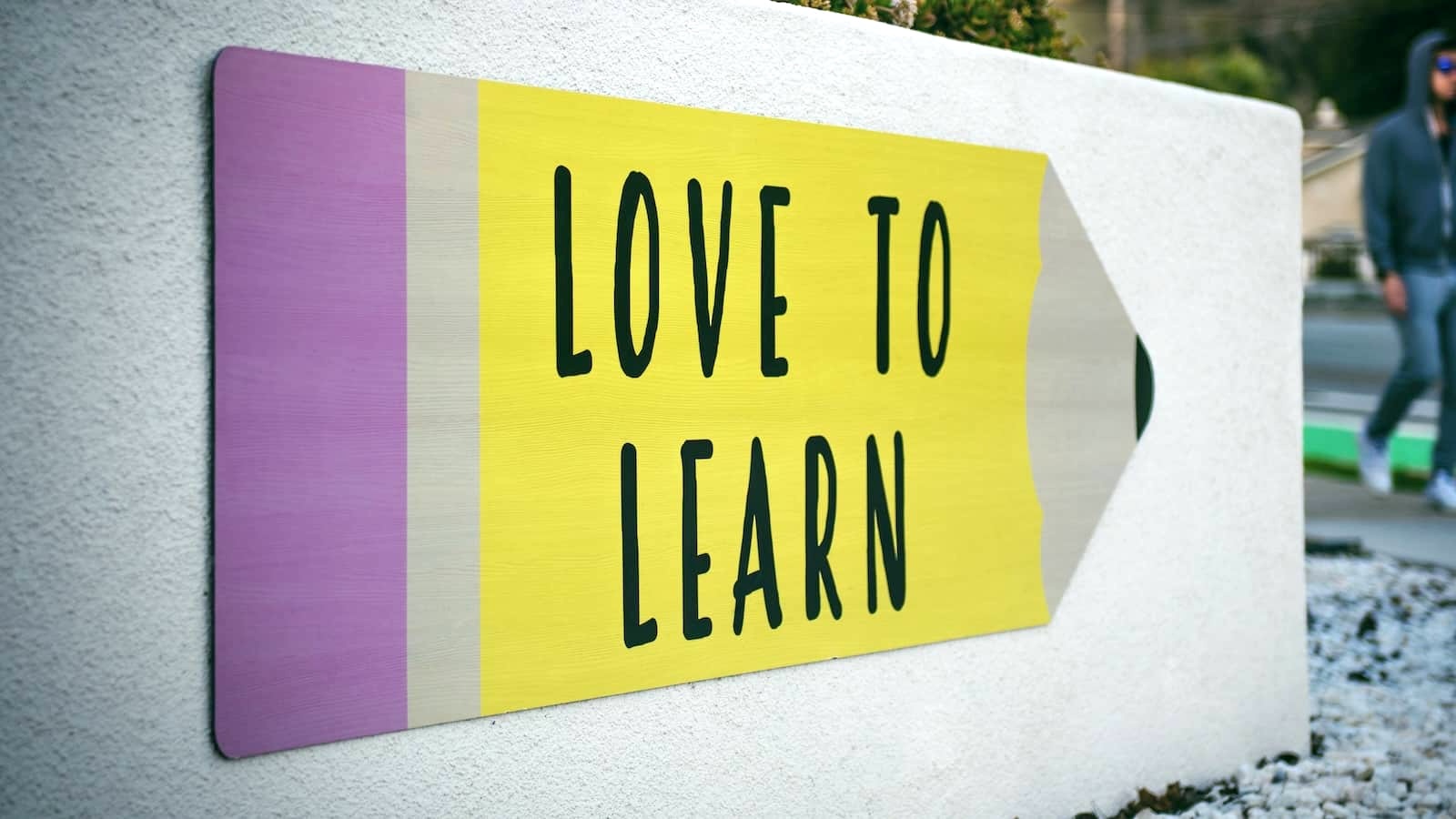Little free libraries may be small, but their impact on communities is profound. I experienced this firsthand when I installed one at my first home seven years ago. I’ve seen it grow into something my entire neighborhood embraces, with kids running up to find new books and trade out their old ones.
As a child, my hometown library was a treasure trove that fueled my own love of reading. I remember my pride in owning a library card and frequently reaching my checkout limit. While I’m still a huge advocate of public libraries, I realize that not everyone has quick and easy access like I did growing up. This is where little free libraries can work wonders, giving more kids and communities access to books and educational materials.
They can also be a great way to expand what you’re doing in your Microschool to others in the neighborhood. These community-led places are already such a bright spot for learning and for encouraging kids. A little free library associated with your Microschool is an excellent strategy for raising awareness and sharing information about your educational offerings. It’s a subtle yet effective way to enhance visibility and connect with potential students and their families.
Here are the top reasons why I believe every Microschool should integrate a little free library into their environment.
Little Free Libraries are the fastest, easiest way to get books into the hands of kids.
We cannot overstate the importance of reading to kids and getting books in their hands. While there might be controversy about the best ways to teach kids how to read, nobody doubts the importance or benefits of making sure it happens. As the Child Mind Institute highlights here, kids who learn how to read have better language development, are more emotionally aware, are better learners, and so much more. By making sure that books are readily available everywhere, including our neighborhoods and Microschools, we are doing our part to help kids get their hands on books.
They reach communities that might not have easy access to books.
Whether you live in an urban, suburban, or rural area, libraries are not readily available to all. If you happen to have easy access to a local library, that’s great. But for millions of other people, there’s not one around the corner, and they don’t have easy transportation to get there. Creating more little free libraries can really make a difference for those who might not have access.
They extend beyond books.
Little free libraries are known for books, but that’s not all they can have. I’ve seen little free libraries turn into game sharing places, rock exchanges, and more. Plus, they’re a great way to tell the community about your Microschool. Perhaps the books inside your library reflect the philosophy of your Microschool. Or maybe you even include activities or printables that tie back to your school. Think about how to extend what you do in your school into your library, and it just might become your best marketing tool.
They show kids the importance of giving back.
Having a little free library is an easy way to encourage kids to give back. Most free libraries have an open “take a book, leave a book” policy. This is such an important lesson for the young people in our lives. It encourages them to read a book and then share it with another kid who might also enjoy it. You could even encourage them to leave a note inside saying why they enjoyed it. It’s such a small act, to pass a book along to another person, but it encourages recycling, sharing, and developing good habits for the future.
They promote literacy.
Consistent exposure to reading is linked to academic and personal success. It’s vital to surround kids with books, both at school and at home. Having a little free library is an a powerful and important step to making this possible.
They encourage everyone to be more active.
It’s good for all of us to take that bike ride around the neighborhood or go for a walk after dinner, and little free libraries encourage us to do both. This definitely worked for my own two kids when they were young. We loved hitting up our neighborhood on foot or bike. Giving kids something to look forward to just might provide them with a reason to head outside more.
They have the power to support a great nonprofit.
The Little Free Library organization, based in St. Paul, Minnesota, is a nonprofit that promotes literacy and book sharing nationwide. While it’s not mandatory to register your library with them, their mission to increase book access is worth supporting. Plus, it’s really fun to be part of a bigger movement. There’s something powerful about knowing your Microschool in Ohio is connected in a small way to one in California.
Little Free Libraries bring the entire neighborhood together.
I’ve met neighbors several blocks down who I never would’ve come across if it weren’t for my little free library. I’ve also witnessed connections and conversations among neighbors who were stopping for a visit. I don’t live in a busy neighborhood, but I know my little free library has regular visitors and is something kids look forward to. By putting this into your community and tying it back to your Microschool, you really do have the power to reach and connect with people right in your own backyard.
The little free library model aligns so well with what Microschools already represent: making education more available and accessible to all. Best of all, you don’t need much to get started. Just put up a community share box, add some books, and you’re good to go. You could even put a call out to families, neighbors, or others in your network to help bring books to fill it.
I know little free libraries have the power to dramatically enrich our educational environments by supporting literacy, fostering community, and teaching valuable lessons. Let’s bring more to neighborhoods and in turn, let more people know about your Microschool.


